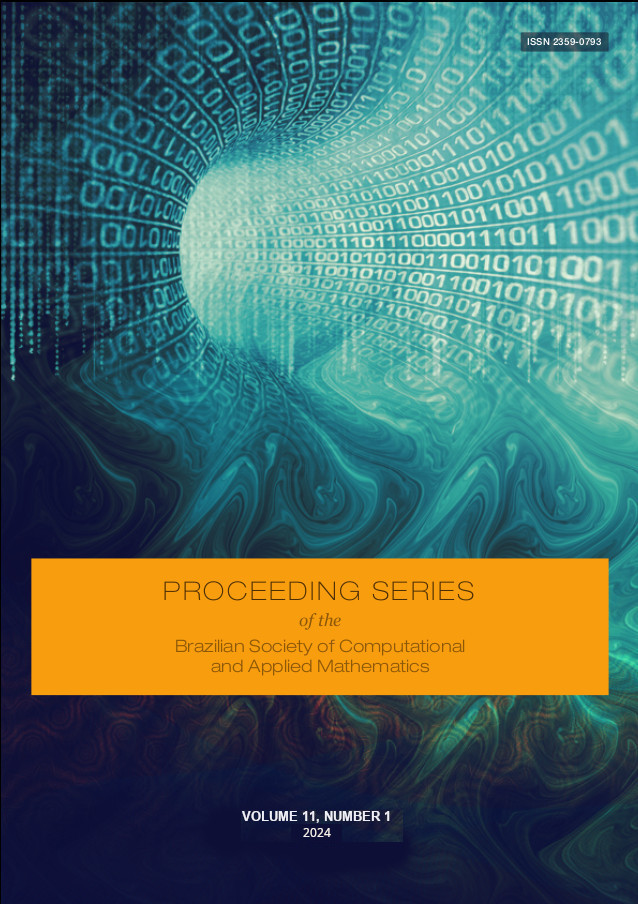The SIR Metapopulation Model in a Temporal Commuting Network
Keywords:
SIR model, Temporal commuting network, COVID-19, Mobility data, Eulerian modelAbstract
Network science serves as a powerful tool for analyzing mobility data, especially within the context of epidemiology. The COVID-19 pandemic highlighted the significance of human mobility patterns in disease transmission. Researchers thus model and analyze mobility data by leveraging the formalism of complex networks, representing areas as nodes and movements between origins and destinations as edges. Moreover, mathematical models are instrumental in grasping disease transmission dynamics, including epidemics spanning large geographical areas, where long-distance travel is a significant factor. Real-world studies require coupling mobility data with host movement models like Eulerian and Lagrangian models, commonly used for movement, each with a distinct representation. We present an adaptation of a SIR model following the Eulerian approach for inflow and outflow rates and use real temporal mobility networks as a case study. We leverage the Baidu Mobility Data, a dataset containing commuting patterns in China during the critical period of the COVID-19 pandemic, providing daily inflow and outflow rates of people between 303 Chinese cities over 60 days from January 1 to February 29, 2020. Previous research conducted preprocessing procedures, resulting in the matrices that categorize mobility into inflows and outflows by province and city. Distinct patterns emerge when comparing daily matrices using Frobenius norm. Days 1 to 25 show close alignment between inflow and outflow networks, coinciding with major events like the Spring Festival, Wuhan Travel Ban, and Lunar New Year start. However, from day 26 to 60, a noticeable shift occurs, with increased disparity between mobility networks, coinciding with the Wuhan Travel Ban implementation and evolving societal responses to COVID-19 concerns. We employ the Flux (Eulerian) model to simulate human mobility dynamics, followed by applying the SIR flux model to simulate disease transmission dynamics on top of mobility networks.
Downloads
References
D. T. Citron, C. A. Guerra, A. J. Dolgert, S. L. Wu, J. M. Henry, et al. “Comparing metapopulation dynamics of infectious diseases under different models of human movement”. In: Proceedings of the National Academy of Sciences 118.18 (2021), e2007488118.
V. L. S. Freitas, L. B. L. Santos, M. Tang, Y. Zou, and E. E. N. Macau. “The effects of COVID-19 on Chinese commuting patterns in early 2020”. In: 2022, pp. 317–322.
M. U. G. Kraemer, C. H. Yang, B. Gutierrez, C. H. Wu, B. Klein, A. Vespignani, et al. “The effect of human mobility and control measures on the COVID-19 epidemic in China”. In: Science 368.6490 (2020), pp. 493–497.
China Data Lab. Baidu Mobility Data. Version V21. 2020.

